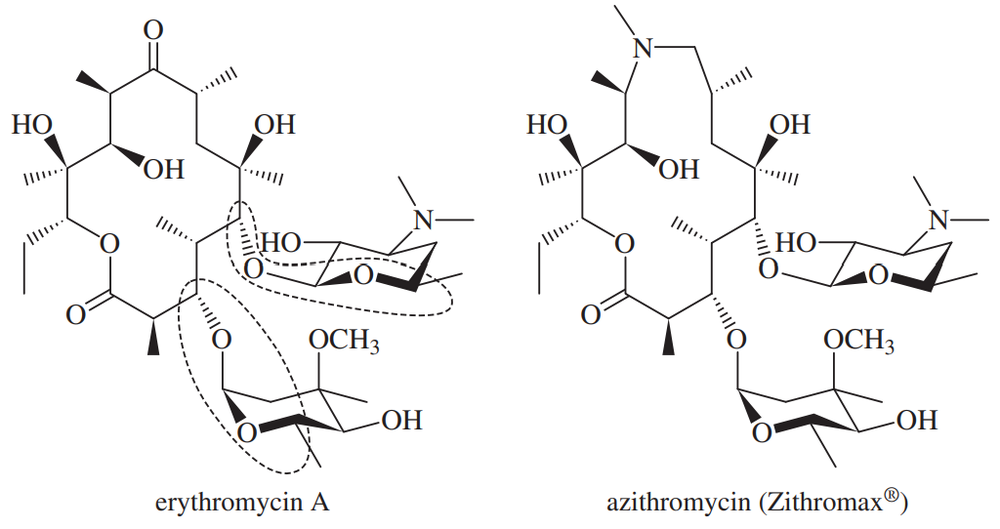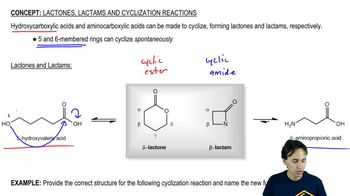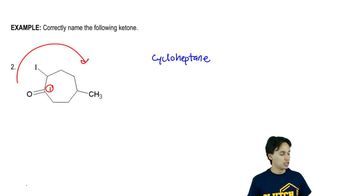How many hydrogens would you expect a 24-carbon compound from each of the following molecular classes to have?
(b) Alkene

 Verified step by step guidance
Verified step by step guidance Verified video answer for a similar problem:
Verified video answer for a similar problem:



 1:49m
1:49mMaster Why we need functional groups. with a bite sized video explanation from Johnny
Start learning